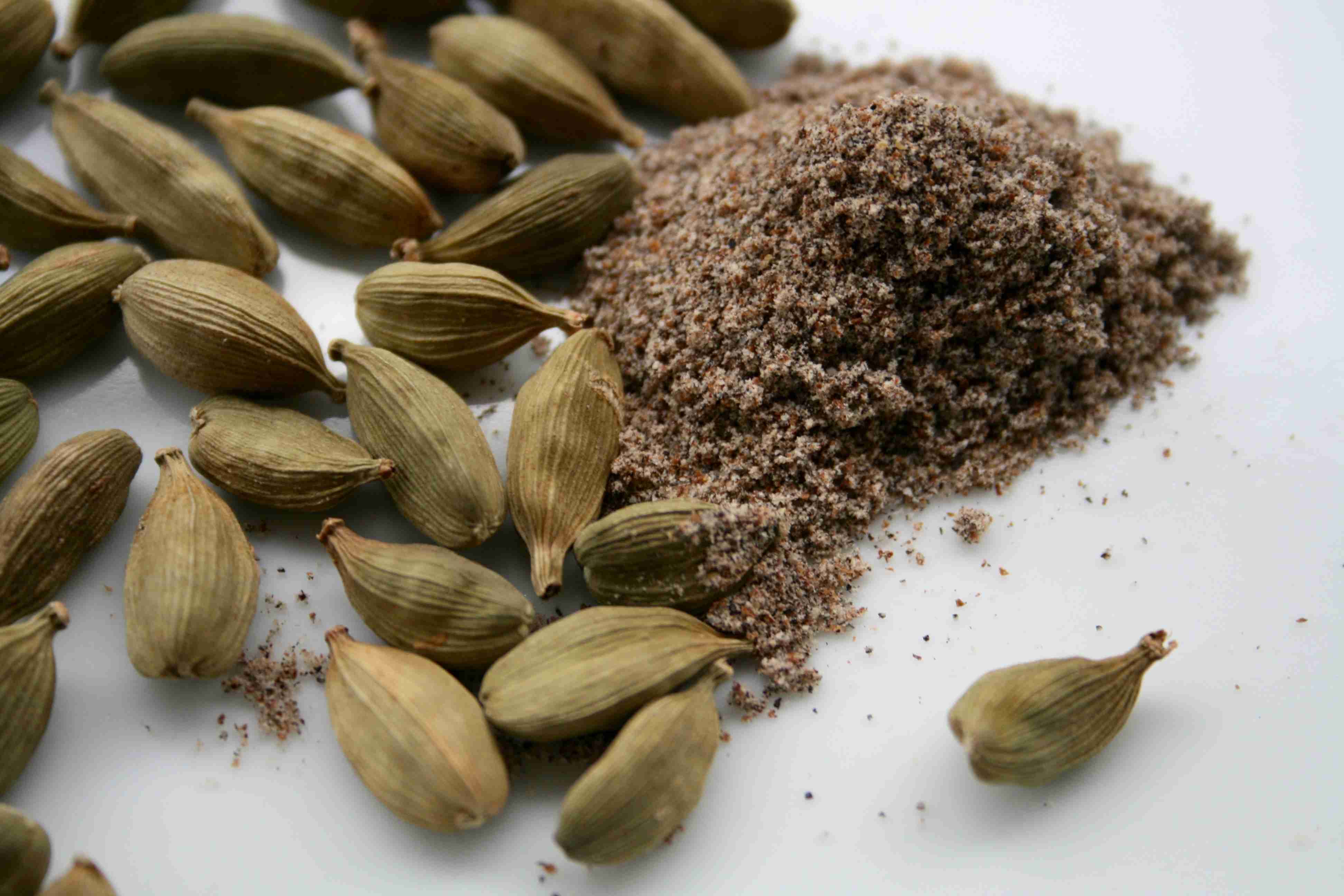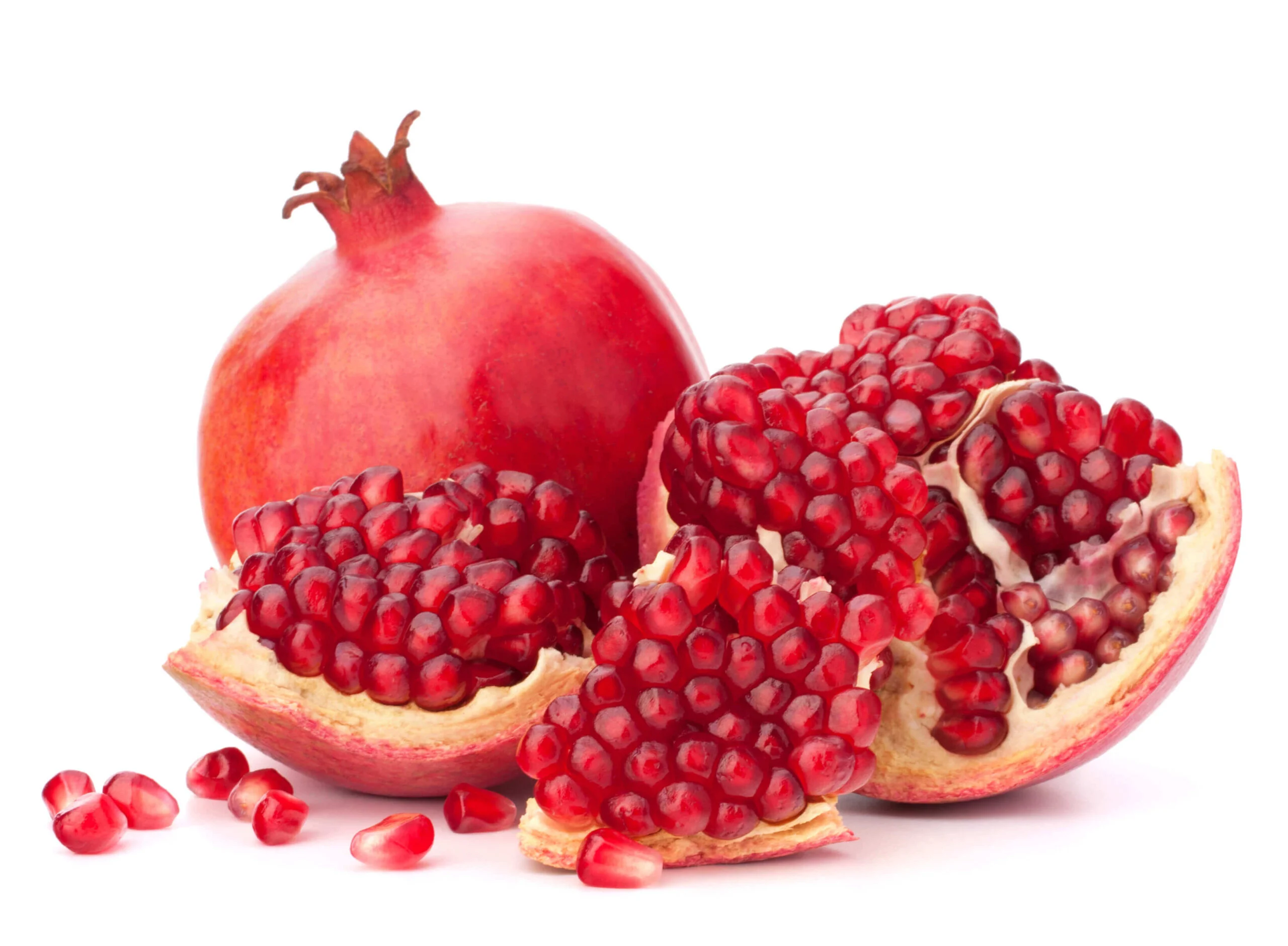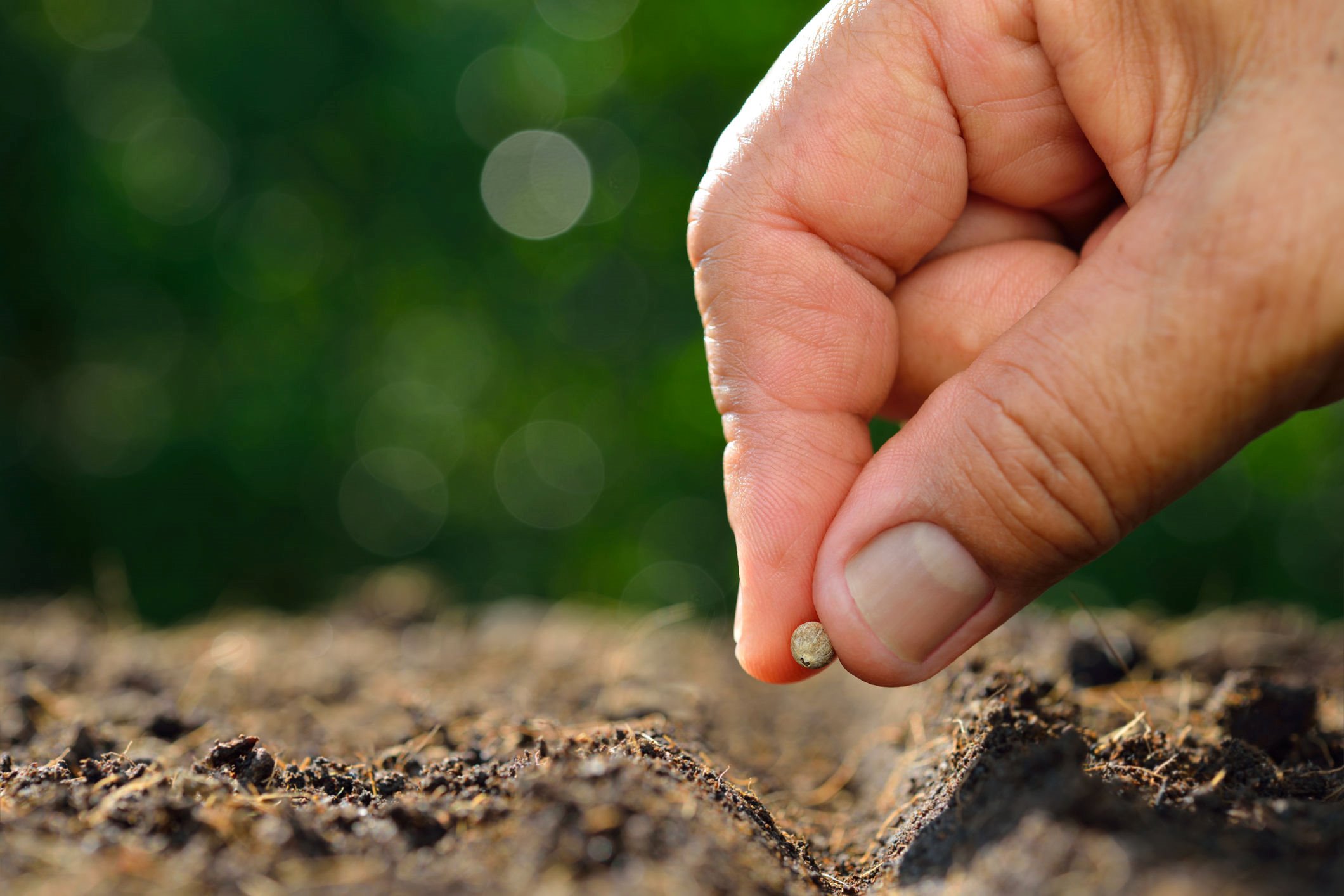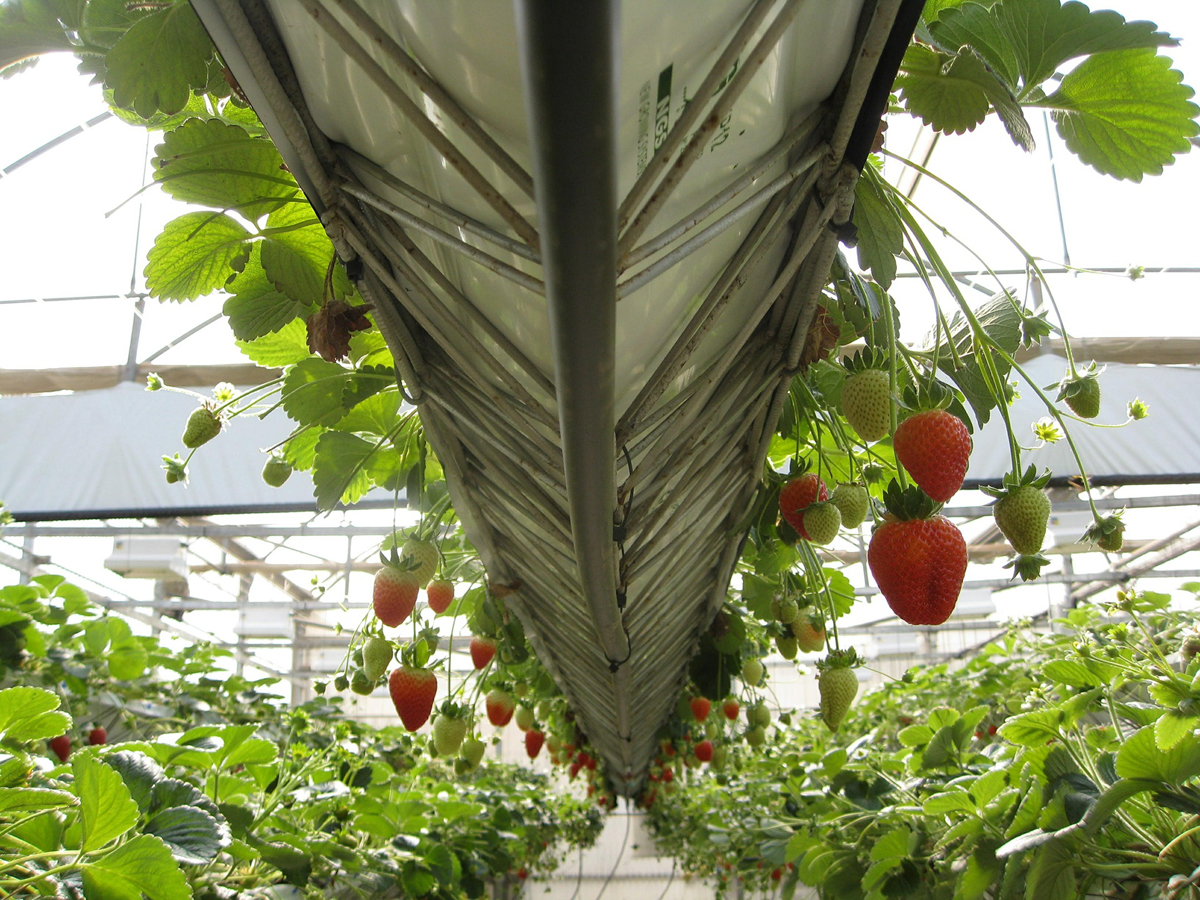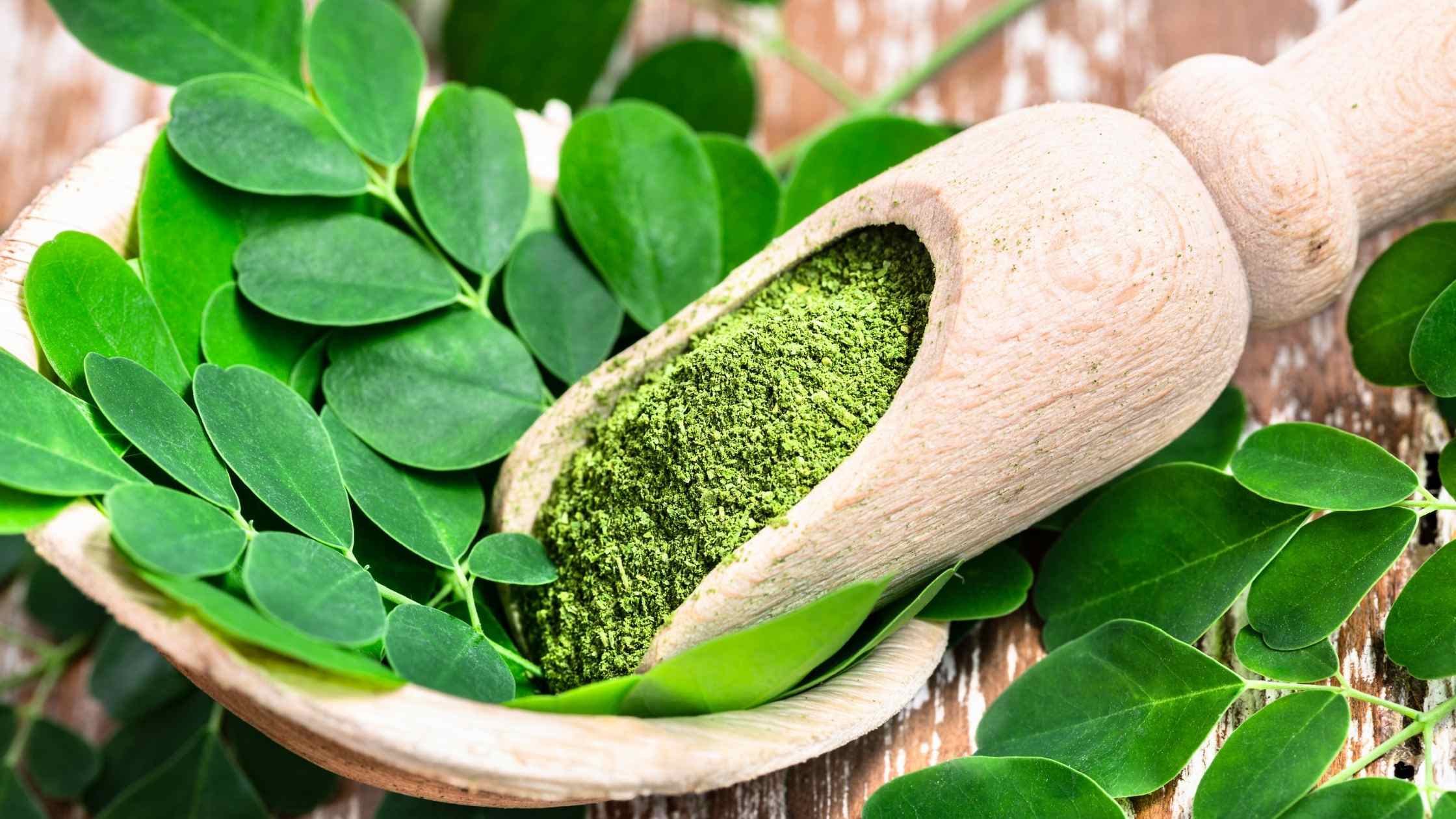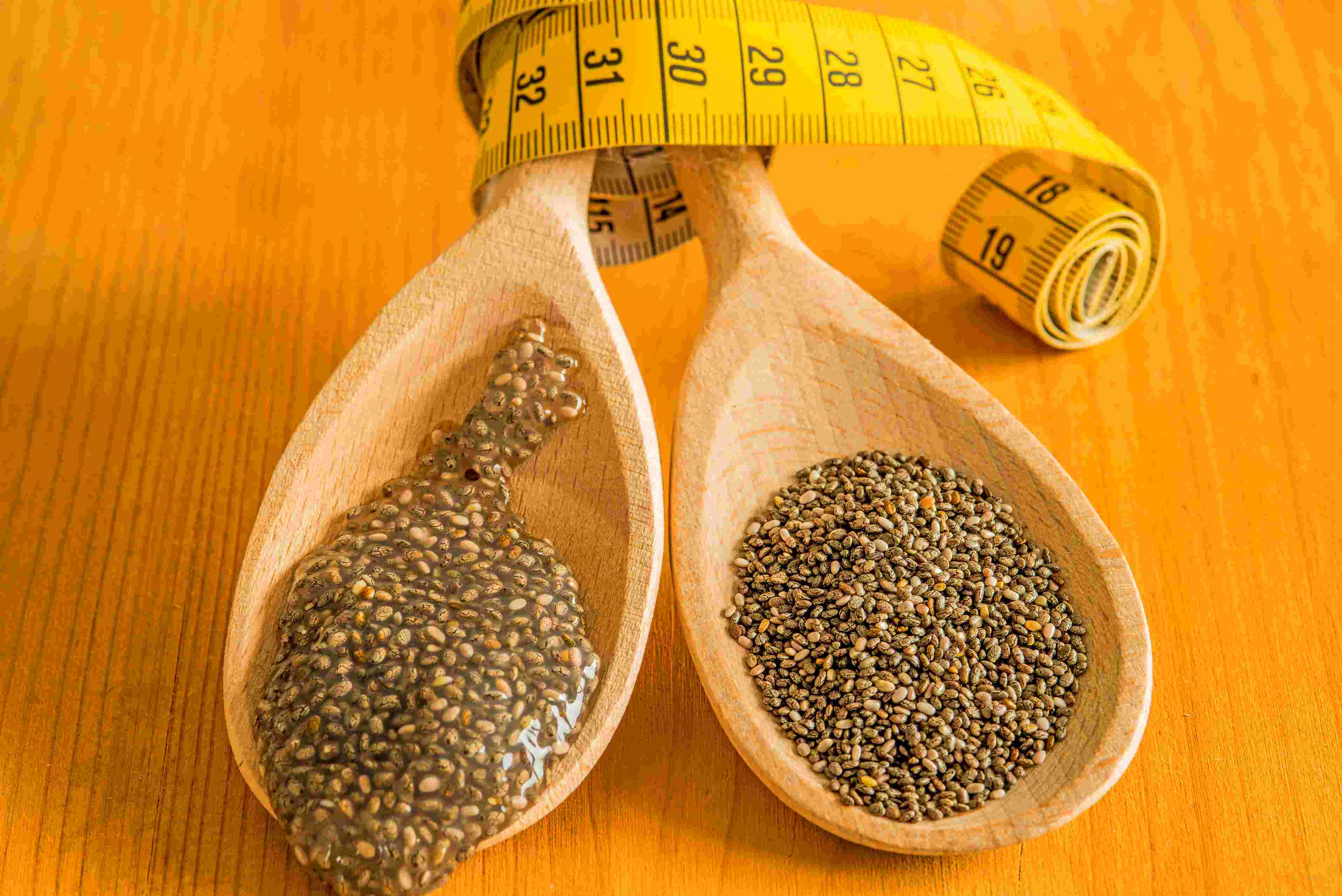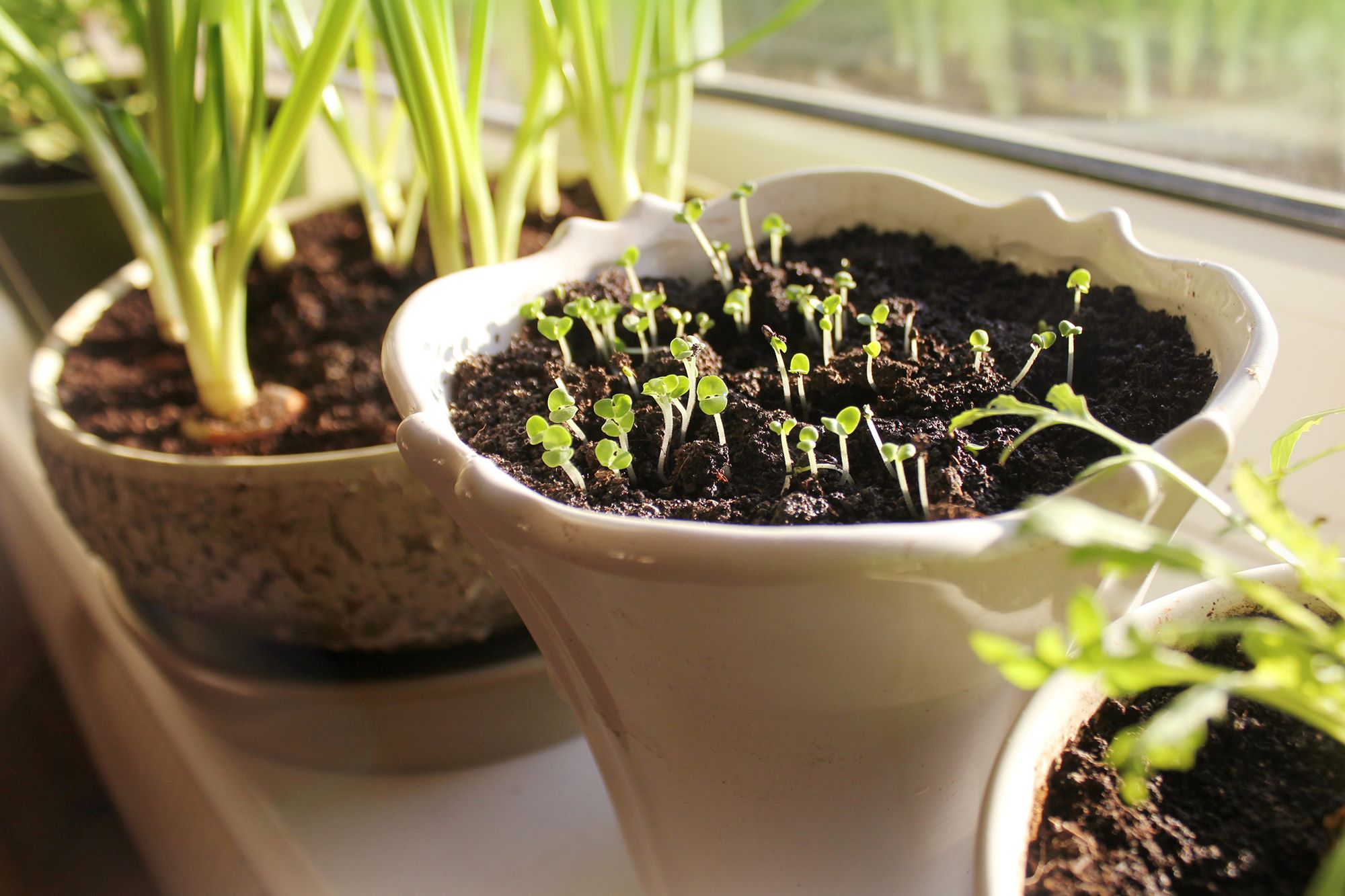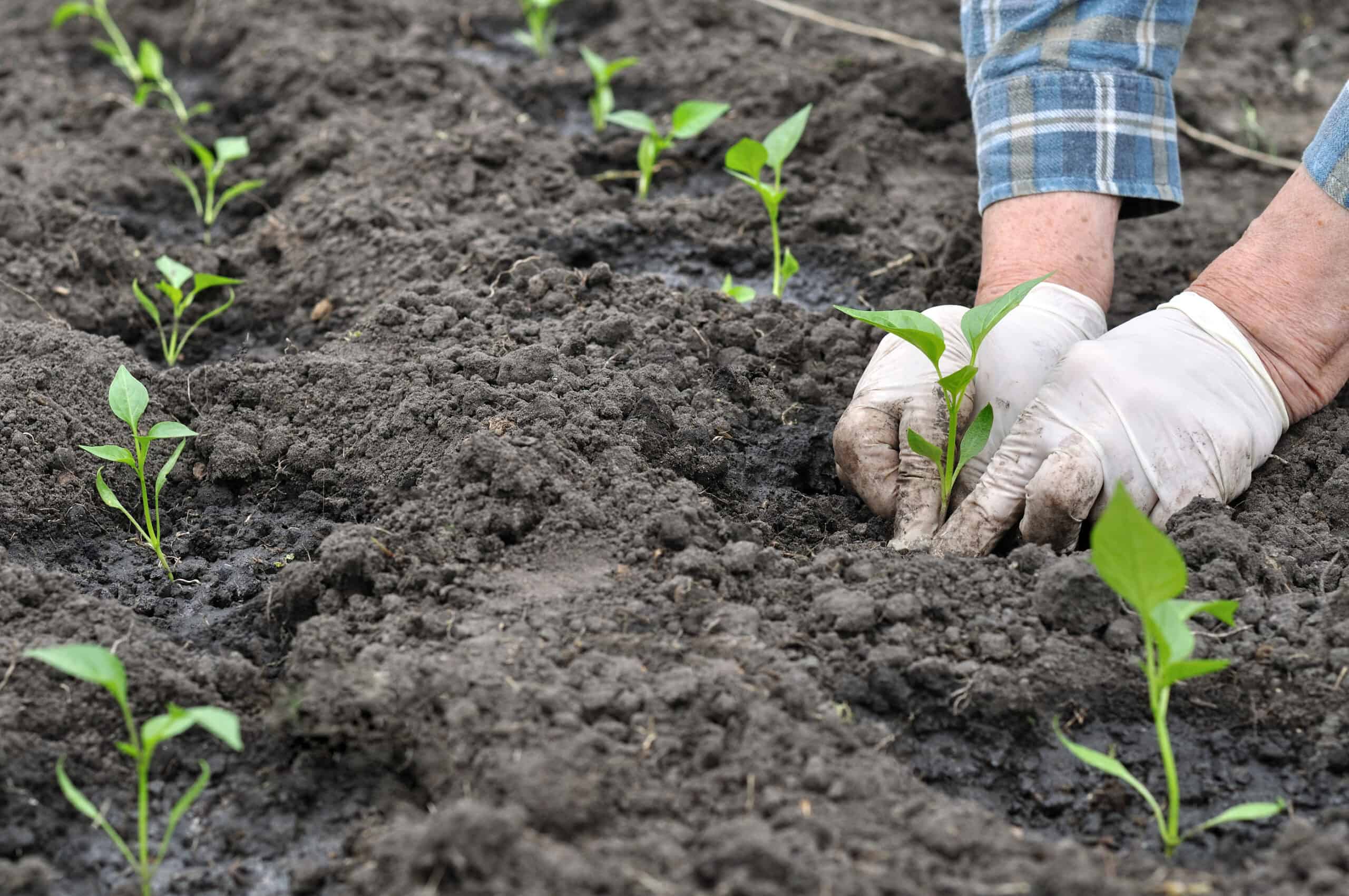Home>Types of Gardening>Edible Gardening>How Many Seeds In A Strawberry
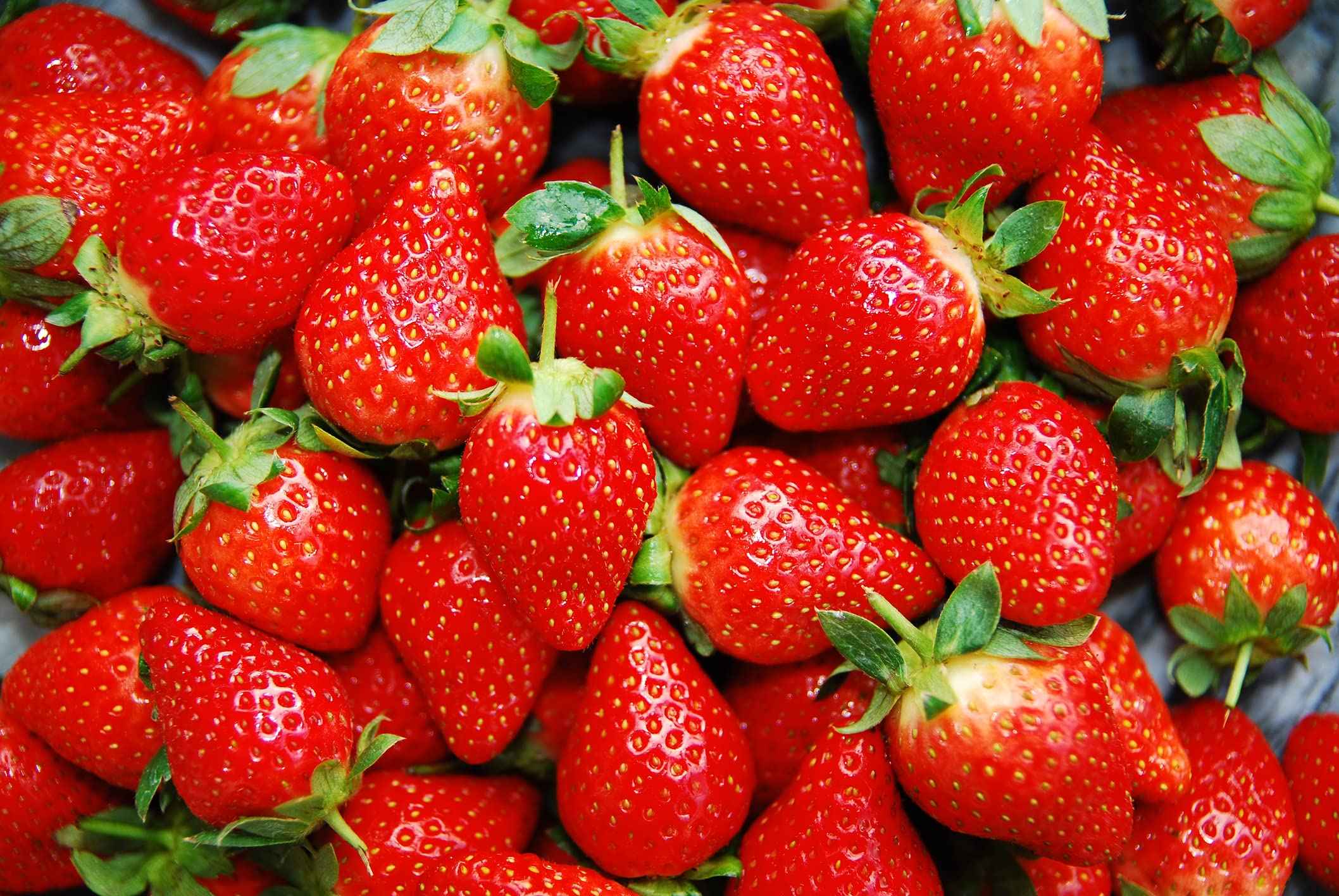

Edible Gardening
How Many Seeds In A Strawberry
Modified: January 22, 2024
Discover the answer to the question "how many seeds in a strawberry" and learn more about edible gardening with expert tips and advice.
(Many of the links in this article redirect to a specific reviewed product. Your purchase of these products through affiliate links helps to generate commission for Chicagolandgardening.com, at no extra cost. Learn more)
Table of Contents
Introduction
Welcome to the world of edible gardening! Growing your own fruits and vegetables is not only a rewarding experience, but it also allows you to enjoy fresh and nutritious produce right from your garden. One popular plant to grow in the edible garden is the strawberry. These juicy and delicious fruits are loved by many and offer a plethora of health benefits.
When it comes to strawberries, most of us are familiar with the typical process of eating them – we remove the stem and bite into the sweet, red flesh. But have you ever wondered about the tiny seeds that dot the surface of a strawberry? You may have noticed that some strawberries have more seeds than others, and it begs the question: how many seeds are there in a strawberry?
To better understand the number of seeds in a strawberry, it’s essential to delve into the anatomy of this delectable fruit.
Strawberries are classified as aggregate fruits, which means they are composed of multiple tiny fruits called achenes. Each achene contains a single seed, which is responsible for the numerous seeds you see on the external surface of a strawberry. The more achenes a strawberry has, the more seeds it will contain.
Several factors can influence the number of seeds in a strawberry. Let’s examine them in more detail.
Anatomy of a Strawberry
To truly appreciate the number of seeds in a strawberry, it’s important to explore the anatomy of this delectable fruit. A strawberry consists of three main parts: the receptacle, the achenes, and the flesh.
The receptacle is the fleshy part of the strawberry that we consume. It provides the sweet and juicy flavor that makes strawberries so irresistible. Embedded on the surface of the receptacle are numerous achenes.
Achenes are the small, seed-like structures found on the surface of the receptacle. They are actually the individual fruits of the strawberry plant. Each achene houses a tiny seed, and it is these seeds that give strawberries their characteristic texture.
The flesh of a strawberry is the juicy and pulpy part that surrounds the achenes. This is the part we typically bite into and enjoy. The flesh is responsible for the majority of the strawberry’s flavor and sweetness.
When examining a strawberry, you’ll notice that the number and distribution of achenes can vary. Some strawberries have more achenes packed closely together, while others may have fewer achenes spread out over a larger area.
The size and shape of the achenes also vary among different strawberry varieties. Some achenes may be larger and elongated, while others are smaller and more rounded. These variations contribute to the overall appearance and texture of the strawberry.
Now that we understand the anatomy of a strawberry, let’s explore the factors that can affect the number of seeds in these delightful fruits.
Factors Affecting Seed Count
The number of seeds in a strawberry can be influenced by several factors. Understanding these factors can provide insights into why some strawberries have more seeds than others.
1. Variety: Different strawberry varieties can have varying seed counts. Some varieties are naturally bred to produce fruits with a higher number of seeds, while others may have fewer seeds. When selecting strawberry plants for your garden, consider researching the seed count of different varieties to find the one that aligns with your preferences.
2. Pollination: Proper pollination plays a vital role in seed formation. Strawberries are primarily pollinated by bees and other insects. If there is inadequate pollination, it can result in a lower number of seeds in the fruit. Providing a conducive environment for pollinators, such as planting pollinator-friendly flowers nearby, can enhance pollination and potentially increase seed count.
3. Growing Conditions: The growing conditions of strawberry plants can impact seed development. Factors such as temperature, sunlight exposure, soil moisture, and nutrient levels can influence the plant’s overall health and reproductive capabilities. Optimal growing conditions ensure healthy fruit production, which can contribute to a higher seed count.
4. Fruit Maturity: The stage at which a strawberry is harvested can impact the number of seeds. Generally, strawberries that are fully ripe tend to have more developed seeds. Harvesting strawberries at the right maturity level allows the seeds to fully develop and results in a higher seed count.
5. Genetic Factors: Each strawberry plant has its own genetic makeup, which can affect seed development. Some plants may naturally produce fruits with a higher seed count, while others may have genetic traits that result in fewer seeds. Plant breeders often select and breed plants with specific characteristics, including seed count, to create new strawberry varieties.
By considering these factors, you can better understand the variations in seed count among different strawberries. Now, let’s move on to exploring the methodology for counting strawberry seeds.
Methodology for Counting Seeds
Counting the exact number of seeds in a strawberry can be a challenging task due to their tiny size. However, there are a few methods you can use to estimate the seed count with reasonable accuracy.
One commonly used method is the visual estimation method. In this approach, you carefully examine the surface of the strawberry and visually estimate the number of seeds present. This method requires a keen eye and experience in recognizing the small, dark seeds against the vibrant red backdrop of the fruit. While this method may not provide an exact seed count, it can give you a rough idea of the seed density.
Another method involves slicing the strawberry in half vertically. By cutting the strawberry, you expose the internal structure, including the achenes and seeds. You can then count the number of achenes present and assume that each achene holds a single seed. This method provides a more precise estimate of the seed count, especially if you slice multiple strawberries and calculate an average seed count.
For a more scientific approach, you can use a seed extraction method. This involves removing the achenes from the strawberry and counting them separately. To do this, gently press the strawberry against a fine-mesh sieve or a piece of cheesecloth. The pressure will force the achenes through the sieve or cloth, separating them from the flesh. Collect the achenes and count them using a magnifying glass or microscope. This method provides the most accurate seed count, but it is more time-consuming and requires additional equipment.
It’s important to note that the size of the strawberry can also impact the seed count. Larger strawberries tend to have more achenes and seeds compared to smaller ones. Therefore, when comparing seed counts between strawberries, it is essential to consider their size variation.
Now that we have explored the methodology for counting strawberry seeds, let’s move on to the exciting part – the results of seed counting!
Results of Seed Counting
Counting the seeds in strawberries is no easy task, but the results can provide valuable insights into the variation in seed counts among different fruits. After conducting seed counting experiments using various methods, researchers have observed interesting patterns and differences in seed counts.
On average, a single strawberry can contain anywhere from 100 to 200 seeds. However, this number can vary significantly depending on factors such as the strawberry variety, growing conditions, and fruit maturity.
Some strawberry varieties are specifically bred to have a higher seed count. These varieties can contain upwards of 200 seeds per fruit. On the other hand, there are varieties that naturally have a lower seed count, with as few as 50 to 80 seeds per fruit.
The size of the strawberry can also influence the seed count. Larger strawberries tend to have a higher number of seeds compared to smaller ones. This is because there is more surface area on a larger fruit, allowing for more achenes to develop and subsequently more seeds.
Additionally, growing conditions play a role in seed development. Strawberries grown under optimal conditions, with sufficient sunlight, water, and nutrients, tend to have a higher seed count. Adequate pollination, ensuring that the flowers are visited by pollinators, further contributes to the seed formation process.
Seed counts can also vary depending on the stage of fruit maturity. Strawberries that are fully ripe and at their peak maturity level generally have a larger number of developed seeds. Harvesting the strawberries at the appropriate stage can ensure that the seeds have fully matured and reached their maximum count.
It’s important to remember that these results are averages, and individual strawberries can deviate from the norm. Variability in seed counts is natural and influenced by several factors, as discussed earlier. Nevertheless, by understanding these underlying factors, gardeners and researchers can gain a deeper appreciation for the diversity and complexity of strawberry seeds.
Now that we have discussed the results of seed counting, let’s delve into the implications and applications of this knowledge in the world of edible gardening.
Discussion of Findings
The results of seed counting experiments shed light on the fascinating world of strawberry seeds and their variability. Understanding the factors that influence seed count in strawberries can have implications for both home gardeners and commercial growers.
For home gardeners, the seed count of strawberries can provide useful information when selecting strawberry plants for cultivation. If you prefer strawberries with a higher seed count, you can choose specific varieties that are known to produce fruits with more seeds. On the other hand, if you prefer strawberries with fewer seeds, you can opt for varieties that naturally have a lower seed count.
Additionally, knowing that the size of the strawberry can affect seed count can be helpful when planning and managing your garden. If you want larger strawberries with more seeds, you can provide optimal growing conditions and ensure proper pollination to maximize seed development.
Commercial strawberry growers can benefit from this knowledge as well. Varieties with higher seed counts may be more preferred by certain markets or for specific culinary uses. Understanding the influence of growing conditions on seed count can help growers optimize their practices to achieve desired seed counts in their fruits.
Furthermore, the insights gained from seed counting studies can contribute to strawberry breeding programs. Plant breeders can use this information to select and cross-breed plants with desired seed characteristics. By focusing on specific traits such as seed count, breeders can develop new strawberry varieties that meet consumer preferences and industry demands.
It is worth noting that seed count is just one factor to consider when evaluating the quality of a strawberry. Other factors such as flavor, sweetness, texture, and disease resistance should also be taken into account. The ultimate goal is to produce strawberries that not only have desirable seed counts but also offer exceptional taste and overall fruit quality.
Overall, the findings from seed counting experiments provide valuable insights into the intricacies of strawberry seeds and their variations. By understanding the factors that influence seed count, gardeners and growers can make informed decisions and work towards producing the best strawberries possible.
Now that we have discussed the implications of the findings, let’s conclude with a look at the broader applications of this knowledge in the world of edible gardening.
Implications and Applications
The knowledge gained from studying seed counts in strawberries has several implications and applications that extend beyond the realm of gardening. Here are some of the key implications and applications of this knowledge:
1. Varied Culinary Uses: Understanding the seed count in strawberries can help chefs and culinary enthusiasts select the right variety for their specific dishes. Strawberries with higher seed counts are often preferred for recipes that require a more pronounced texture and visual appeal, such as fruit salads or garnishes. On the other hand, strawberries with lower seed counts may be more suitable for dishes that require a smoother consistency, such as desserts or sauces.
2. Nutritional Analysis: The seed count in strawberries can also be considered when conducting nutritional analyses. Since the seeds contain various nutrients, including vitamins, minerals, and antioxidants, the seed count can contribute to the overall nutritional profile of the fruit. Researchers and nutritionists can take this information into account when assessing the health benefits of strawberries and incorporating them into dietary guidelines.
3. Breeding and Crop Improvement: Breeders can utilize the knowledge of seed counts to develop new strawberry varieties with specific seed characteristics. By selecting plants with high or low seed counts, breeders can gradually breed varieties with desired seed traits, meeting the demands of both consumers and the industry. This can lead to improved crop yields, disease resistance, and overall fruit quality.
4. Consumer Preferences: The variation in seed counts among strawberries can also cater to consumer preferences. Some individuals may prefer strawberries with more seeds for the added texture and visual appeal, while others may prefer varieties with fewer seeds for a smoother eating experience. By offering a range of seed counts, growers and sellers can cater to diverse consumer preferences and enhance their market offerings.
5. Educational Purposes: The study of seed counts in strawberries can provide educational opportunities to teach individuals, particularly students, about plant anatomy, reproduction, and genetics. Understanding how seeds develop and contribute to the overall structure of a strawberry can spark curiosity and appreciation for the complexities of plant life.
These implications and applications highlight the broader significance of understanding seed counts in strawberries. From culinary uses to crop improvement, this knowledge can enhance various aspects of the industry and consumer experiences.
Now, let’s conclude our exploration of the topic by summarizing the key findings and discussing their significance.
Conclusion
The study of seed counts in strawberries has provided valuable insights into the variations and factors that influence the number of seeds in these delicious fruits. We have explored the anatomy of a strawberry, the factors affecting seed count, the methodologies for counting seeds, and the results of seed counting experiments.
The findings demonstrate that the seed count in strawberries can vary significantly due to factors such as variety, pollination, growing conditions, fruit maturity, and genetic traits. Understanding these factors allows home gardeners and commercial growers to make informed decisions when selecting strawberry plants and optimizing their growing practices.
Additionally, the knowledge of seed count in strawberries has implications for culinary uses, nutritional analysis, breeding and crop improvement, consumer preferences, and educational purposes. Chefs can choose strawberries with the desired seed count for different dishes, while breeders can select and cross-breed plants to develop new varieties with specific seed characteristics.
By appreciating the intricacies of strawberry seeds and incorporating this knowledge into edible gardening practices, we can enhance the quality, flavor, and overall experience of growing and enjoying these luscious fruits. Whether you prefer strawberries with more seeds for added texture or fewer seeds for a smoother eating experience, understanding seed counts empowers you to cultivate and savor strawberries tailored to your preferences.
As we continue to explore the fascinating world of edible gardening, we encourage you to delve into the diversity of other plants and their unique characteristics. By nurturing and growing your own fruits and vegetables, you not only gain access to fresh and nutritious produce but also develop a deeper understanding and connection with nature.
So grab your gardening tools, plant some strawberry seeds, and embark on a delicious and rewarding journey into the realm of edible gardening!
